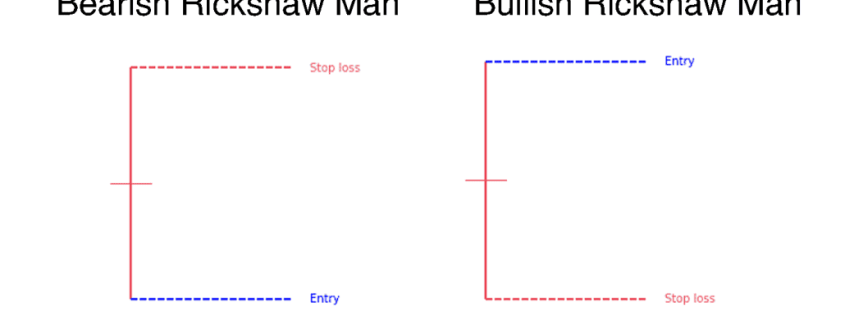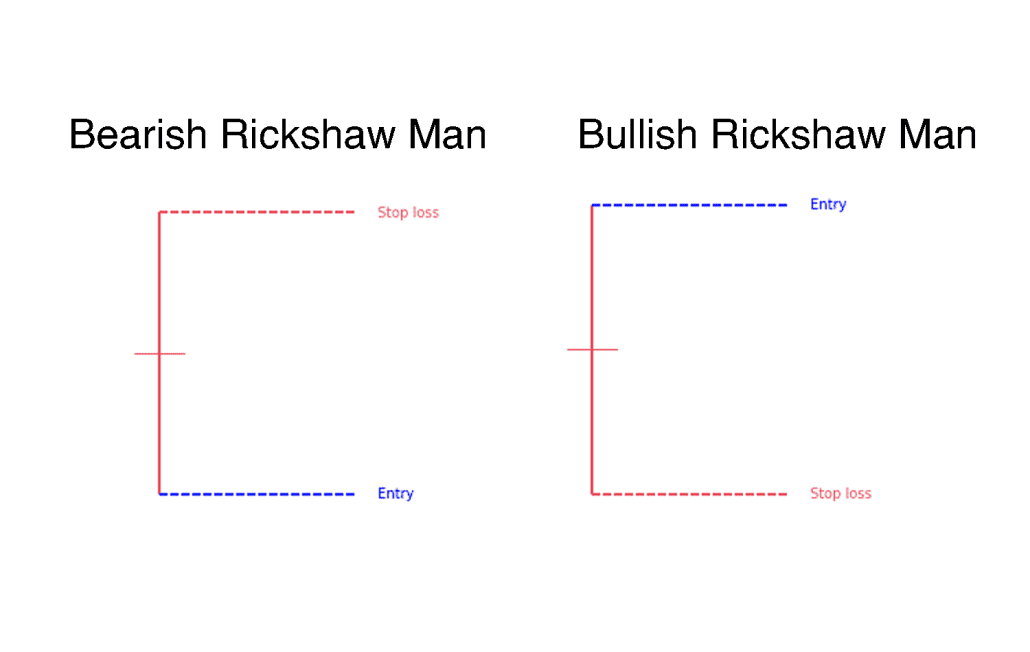Table of Contents
What is a High-Wave Candlestick Pattern?
A high-wave candlestick pattern is an indecisive pattern that indicates neither bullish nor bearish market conditions.
It generally occurs at the levels of support and resistance, where bears and bulls compete to drive the price in a specific direction.
The pattern is characterized by long lower shadows and long upper wicks, with relatively small bodies.
These long wicks indicate significant price movement throughout the period; however, the price eventually settles near the opening level.
In most cases, buyers attempt to raise prices but face strong opposition, and similarly, sellers try to lower prices but encounter fierce resistance.
Both sides fail to drive the price in a specific direction, resulting in the candlestick closing close to where it began.
Formation
The high-wave candlestick is a unique type of spinning top basic candlestick with one or two long shadows.
The prices at the open and close are not exactly the same, but they differ slightly from one another.
The color of the body is not significant in this pattern, and it often resembles a long-legged Doji.
How to Interpret This Pattern?
A high-wave candlestick pattern can appear anywhere on the price chart of a stock or currency pair.
If it appears in the middle of an upward or downward trend, it could be part of a continuation pattern.
For example, if a stock is in an uptrend and the high-wave candlestick pattern appears, it might signal a period of consolidation.
After a few swings, the price could break out of the range and continue rising.
Conversely, if the high-wave candlesticks appear in a stock that is trending lower, it could indicate the formation of a range, resulting in sideways movement.
When the consolidation period ends, the price may break out and continue falling in line with the long-term downtrend.
How to Trade with This Pattern?
High-wave candlesticks appear when traders are uncertain about a stock’s direction.
If you spot such a pattern on a chart, it’s usually wise to wait a day or two before entering a trade.
During this time, it’s important to observe the subsequent candlesticks to determine the stock’s direction.
Due to the indecision represented by the high-wave candlestick pattern, it can sometimes be challenging to trade.
Concluding Thoughts
The high-wave candlestick pattern is a clear indicator of market indecision, often signaling a potential period of consolidation or a continuation of the current trend.
Traders should approach this pattern with caution and patience, waiting for confirmation from subsequent candlesticks before making trading decisions.
By understanding the context in which this pattern appears and combining it with other technical analysis tools, traders can better navigate the uncertainty and make informed trading decisions.



